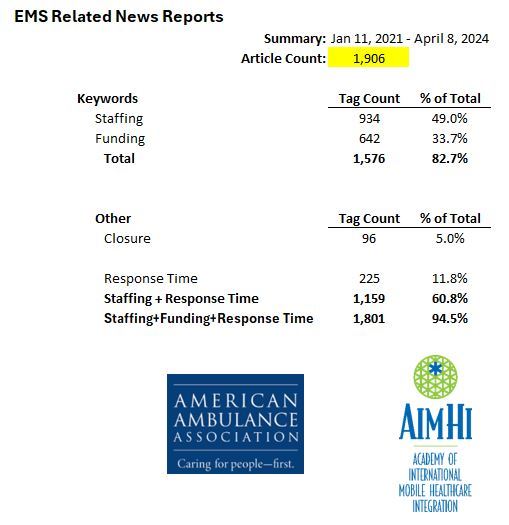Free-standing emergency rooms began to pop up in Texas eight years ago, but now economists say the business model grew too fast and may not always be the lower-cost option for patients.
These standalone facilities are licensed by the state to provide 24-hour emergency services to patients and exploded in The Lone Star State after the passage of a law in 2009 that allowed the establishment of ERs independent of hospitals.
Texas had only a handful of free-standing ERs in 2000. Now there are more than 200 across the state.
And they have been a windfall for the state, which has earned $3.1 million in revenue just by issuing two-year licenses, according to the Dallas Morning News. But the cost of care, while still lower than a traditional hospital emergency room, has also increased, the publication reports. The mean cost of a visit at a free-standing ER was $2,199 in 2015, the article notes, compared to $2,259 at a hospital ER.
Research also finds that the facilities tend to open in more affluent, populated areas, and not where they may help the most, in rural communities.
Another problem: State licensing laws vary. For example, a rural community in Missouri wanted to explore the model, but then learned the state currently doesn’t allow free-standing facilities, St Louis Public Radio reports. Further complicating the issue, it’s against federal law for independent free-standing emergency centers, not affiliated with a hospital, to accept Medicaid or Medicare. That means patients must pay out of pocket or find another facility affiliated with a hospital.
This became an issue in Aransas County, Texas, last year when the only hospital in the area had to shut down due to damage from Hurricane Harvey, KRISTV reports. Code 3 Emergency Room in Rockport was inundated with patients for a month after the storm. And in some cases, physicians weren’t paid for the care they provided. If a patient’s life is at risk, even if the patient is on Medicare or Medicaid, Texas law requires Code 3 ER physicians to provide care, according to the media outlet.
“We take care of them, we stabilize them, we call a helicopter. They get paid for it, but we don’t, for doing all the care up to it including calling the helicopter,” Justin Hensley, M.D., medical director of Code 3 Emergency Room, told the publication, adding that physicians are working with members of Congress to try to get disaster funds to treat patients with Medicaid and Medicare.
Hospital systems in other parts of the country, however, are committed to opening new free-standing facilities. For example, Florida Hospital plans to open two standalone ERs, each with 24 beds, in Orlando and Oviedo this year, Orlando Business Journal reports. And in Arizona, a new $8.5 million facility will open next week to provide care to Marana-area residents, the second such facility to pen in the Tuscon area, according to Tucson.com. Both facilities are owned and operated by Northwest Healthcare, which is part of Community Health Systems, so don’t have the same concerns as independent standalone ERs.
“They are controversial in some of the other communities because those free-standing EDs are independent. They are not affiliated with a healthcare system, they don’t have contracts with insurance companies and so patients go there and the get gouged for these big bills,” Kevin Stockton, regional president and market CEO of Northwest Healthcare, told Tuscon. com.“We’re still in network. Patients coming to our ED, whether they are in a hospital or a free-standing one, it’s the same financial implications.”
Original article can be accessed here.

